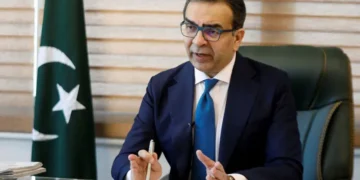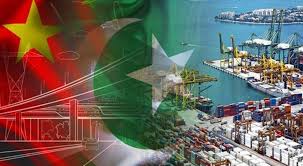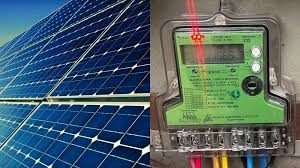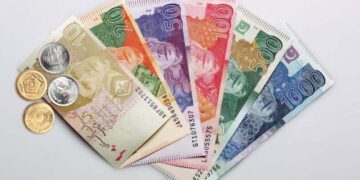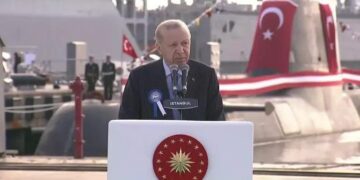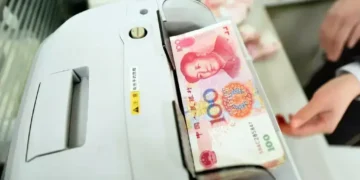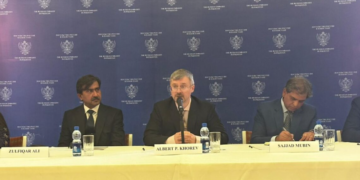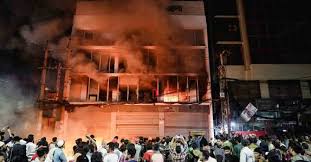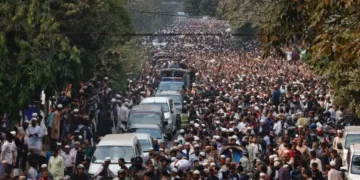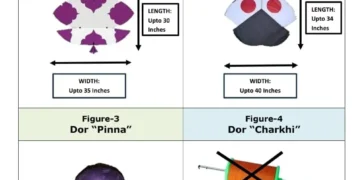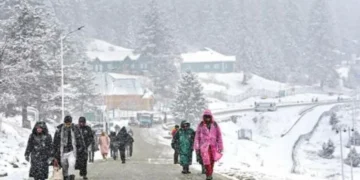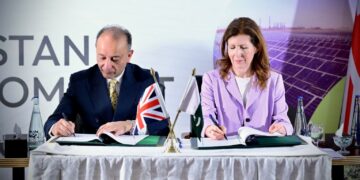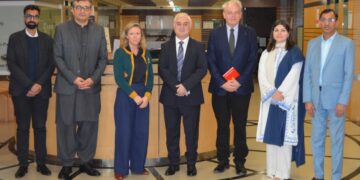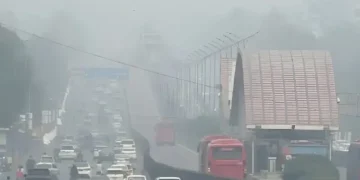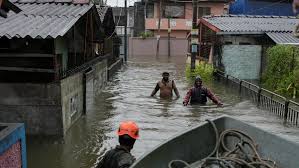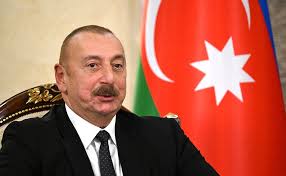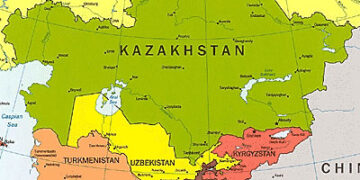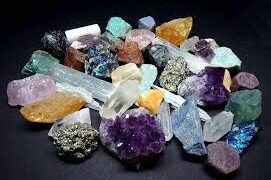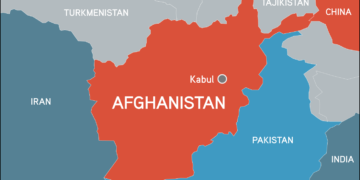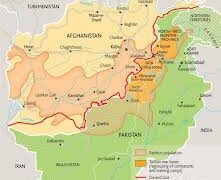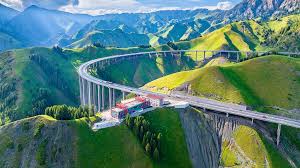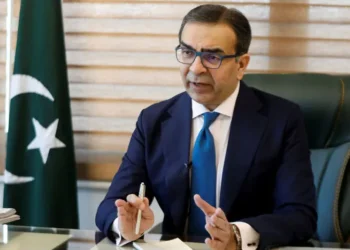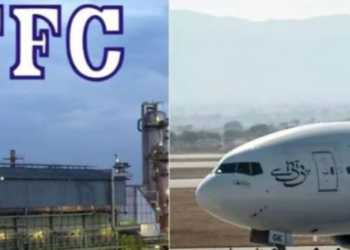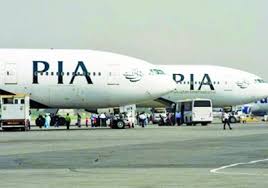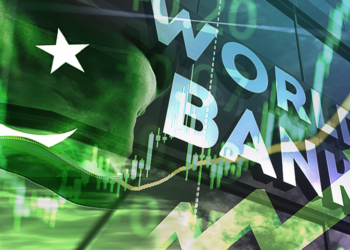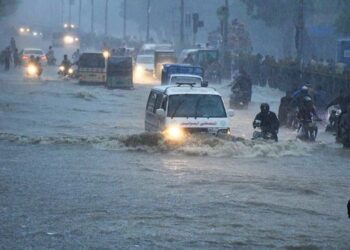ISLAMABAD: After four consecutive price hikes, petrol and diesel prices in Pakistan are expected to come down by around Rs9 and Rs3.50 per litre respectively for the upcoming fortnight ending August 15. The anticipated relief is due to a dip in international oil prices and a notable reduction in import premiums, according to official sources on Tuesday.
Based on current tax rates and import costs, the ex-depot price of petrol is projected to drop by about Rs9 per litre (roughly 3.3%), while high-speed diesel (HSD) may see a reduction of Rs3.50 per litre (1.3%). The final prices will be determined after calculations are finalized.
Over the past two weeks, global oil prices have eased, and the import premium on petrol has fallen by nearly one-third — from approximately $9.70 to $6.75 per barrel — largely because of reduced geopolitical tensions in the region.
Currently, the ex-depot petrol price stands at Rs272.15 per litre after a cumulative rise of Rs20 per litre since May 15. As petrol is commonly used in motorcycles, small cars, and rickshaws, any change directly impacts middle- and lower-income households.
HSD, now priced at Rs284.64 per litre, has increased by almost Rs28 per litre since mid-May. As the main fuel for public transport, goods vehicles, railways, and agricultural equipment like tractors and tube wells, fluctuations in diesel prices significantly affect inflation and the cost of transportation. However, fare reductions are rare even when fuel prices drop.
On the contrary, prices of kerosene and light diesel oil (LDO) are expected to rise, with projected increases of Rs3.50 and Rs2.25 per litre respectively.
Despite no general sales tax (GST) on petroleum products, the government continues to collect nearly Rs98 per litre in taxes on both petrol and diesel. These include petroleum levy and the Climate Support Levy (CSL). Of the total, around Rs77.01 per litre is collected on diesel and Rs78.02 on petrol and high-octane products, including Rs2.25 per litre under CSL.
Additionally, Rs20 to Rs21 per litre is charged as customs duty, irrespective of whether the product is imported or refined locally. Distribution and dealer margins add another Rs17 per litre.
Petrol and HSD are the government’s main revenue-generating fuels, with combined monthly sales of 700,000 to 800,000 tonnes. In contrast, kerosene demand is significantly lower, at just 10,000 tonnes per month.
In the fiscal year 2024–25, the government collected Rs1.161 trillion in petroleum levy revenue. For the current financial year, it has set a target of Rs1.470 trillion — a 27% increase — underscoring the vital role of fuel taxes in the national budget. The upcoming price revision, if implemented as expected, will offer modest relief to consumers. However, questions remain about whether the reduction will translate into lower transport fares or broader economic benefits.










